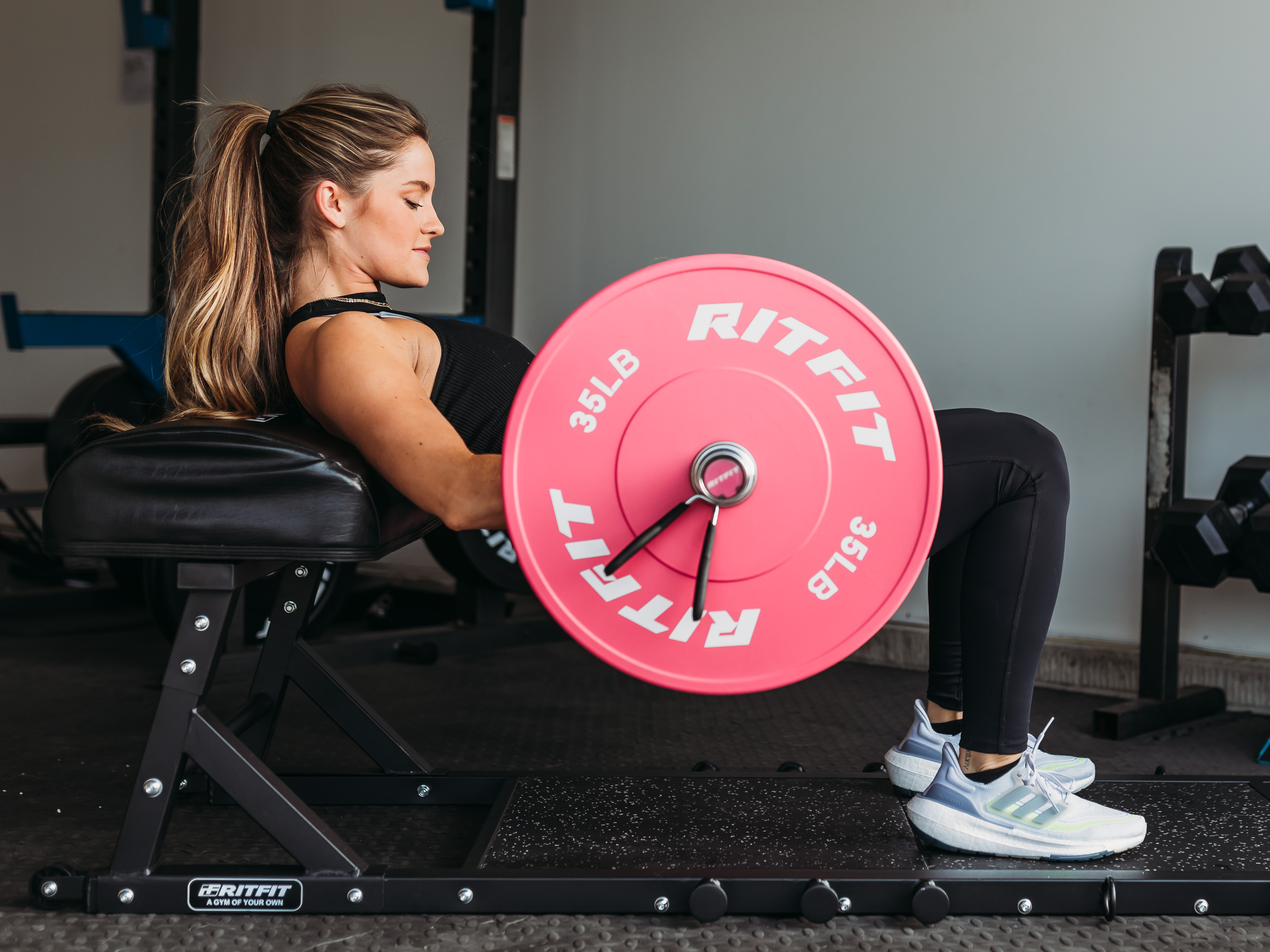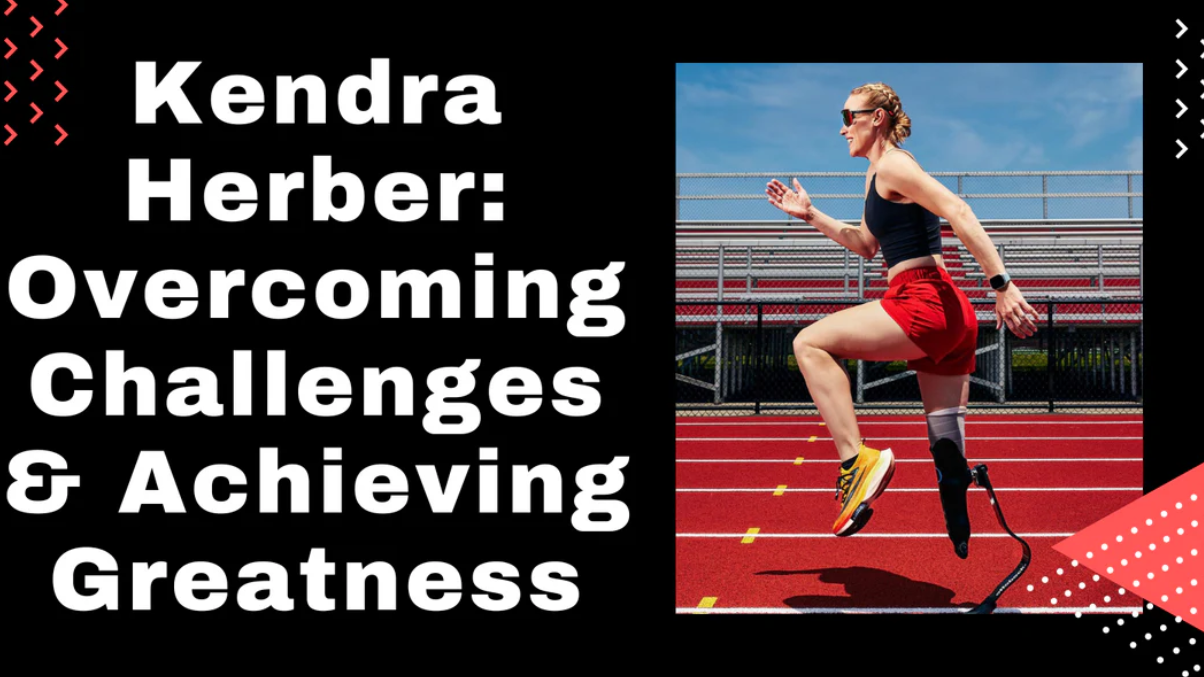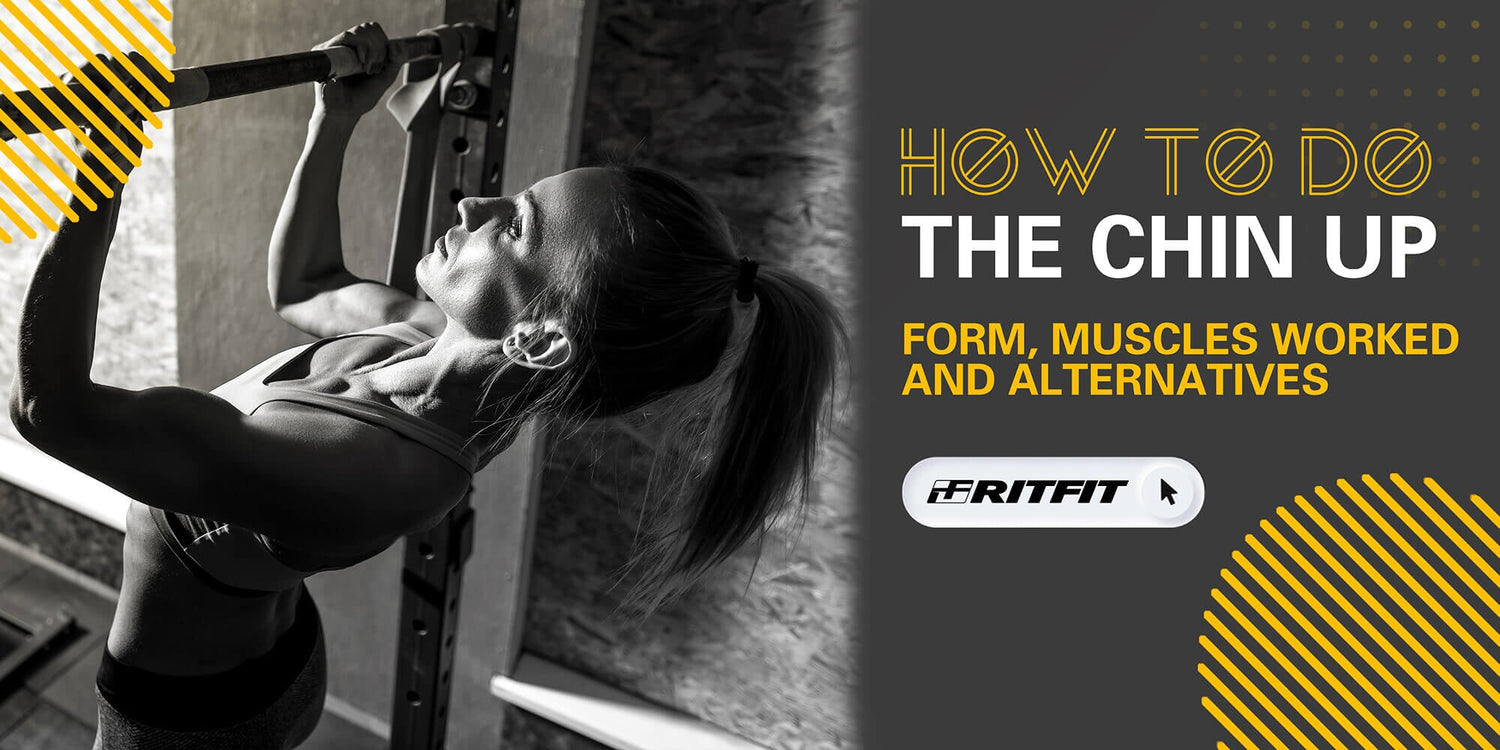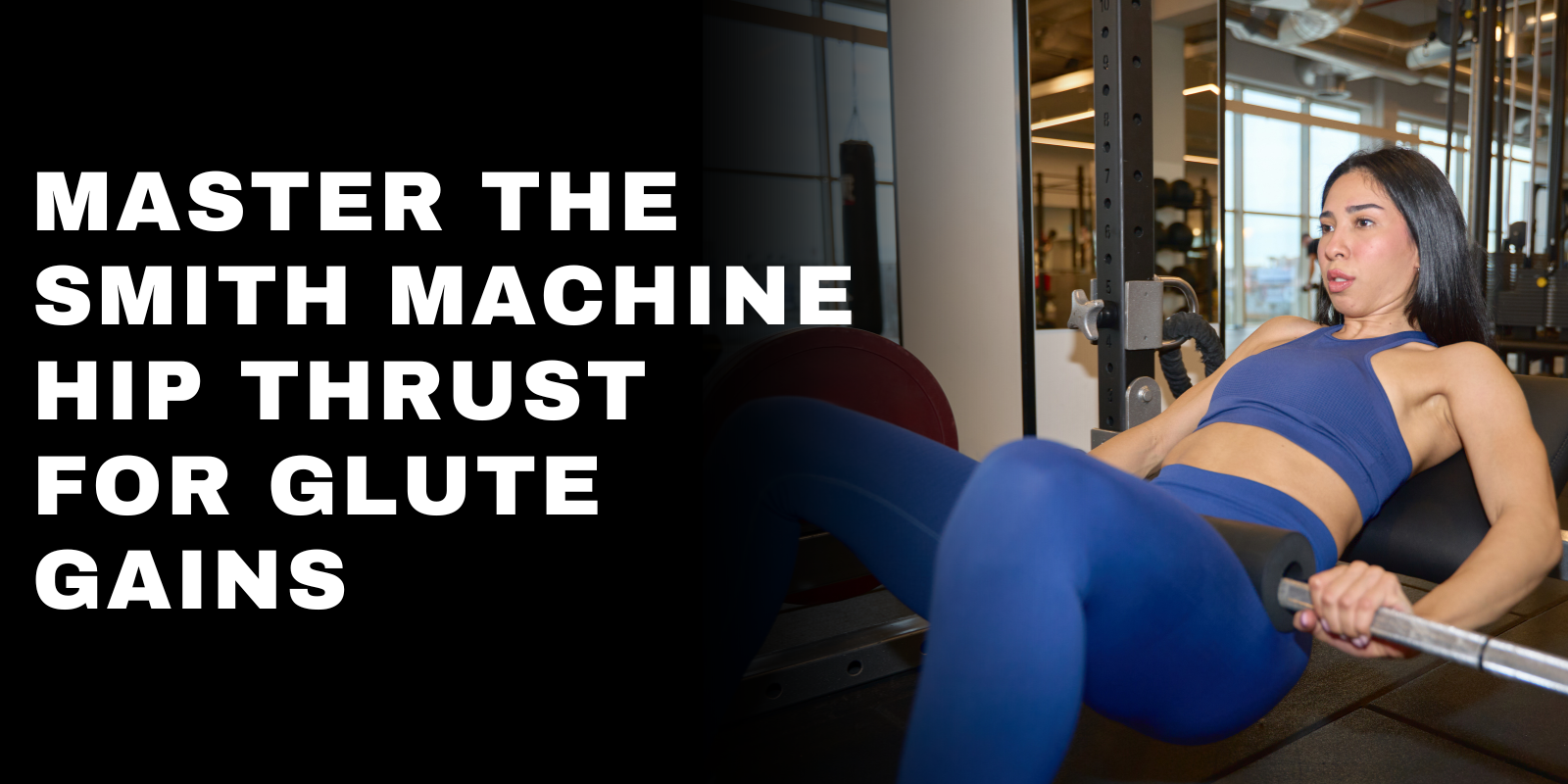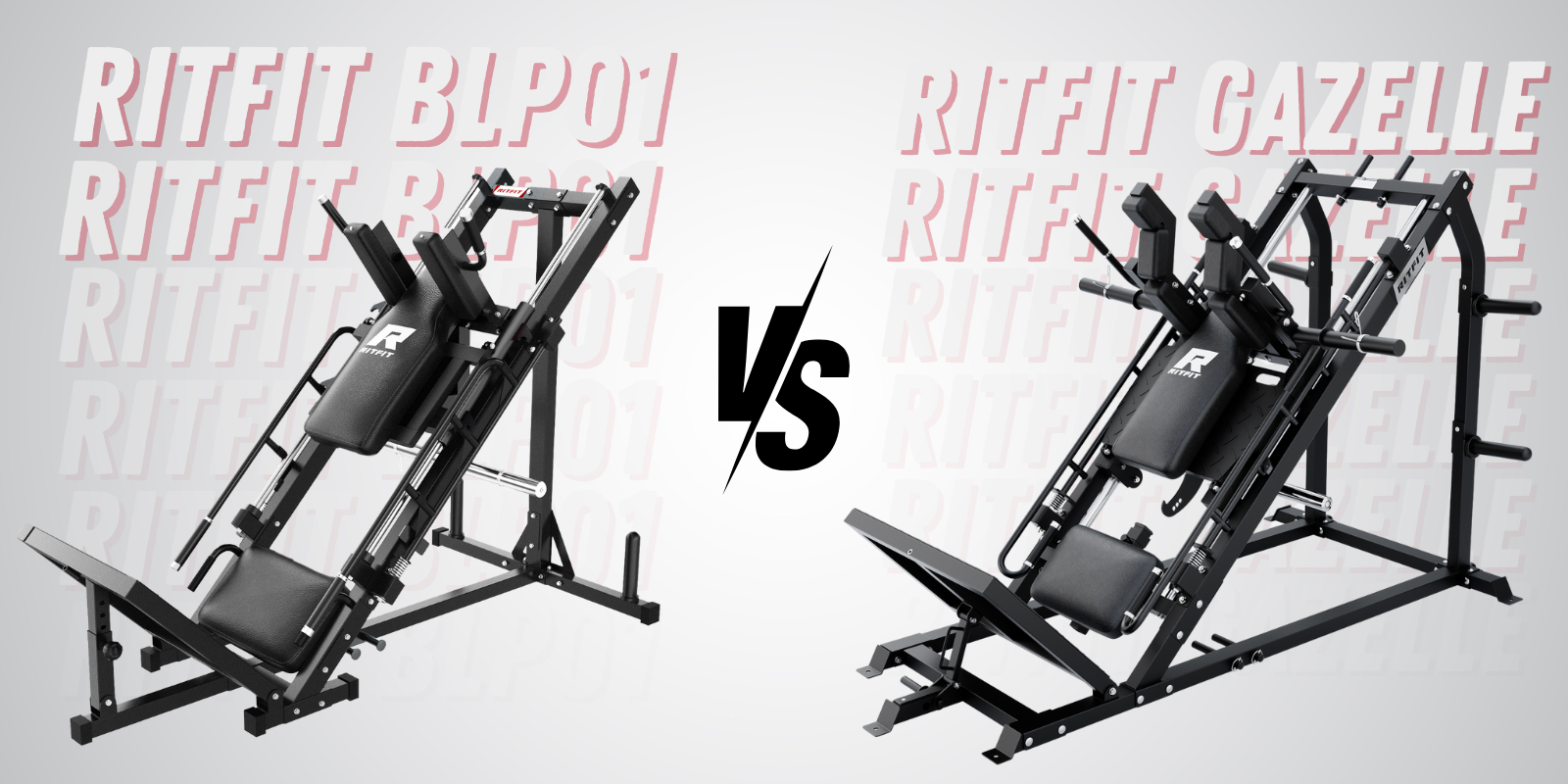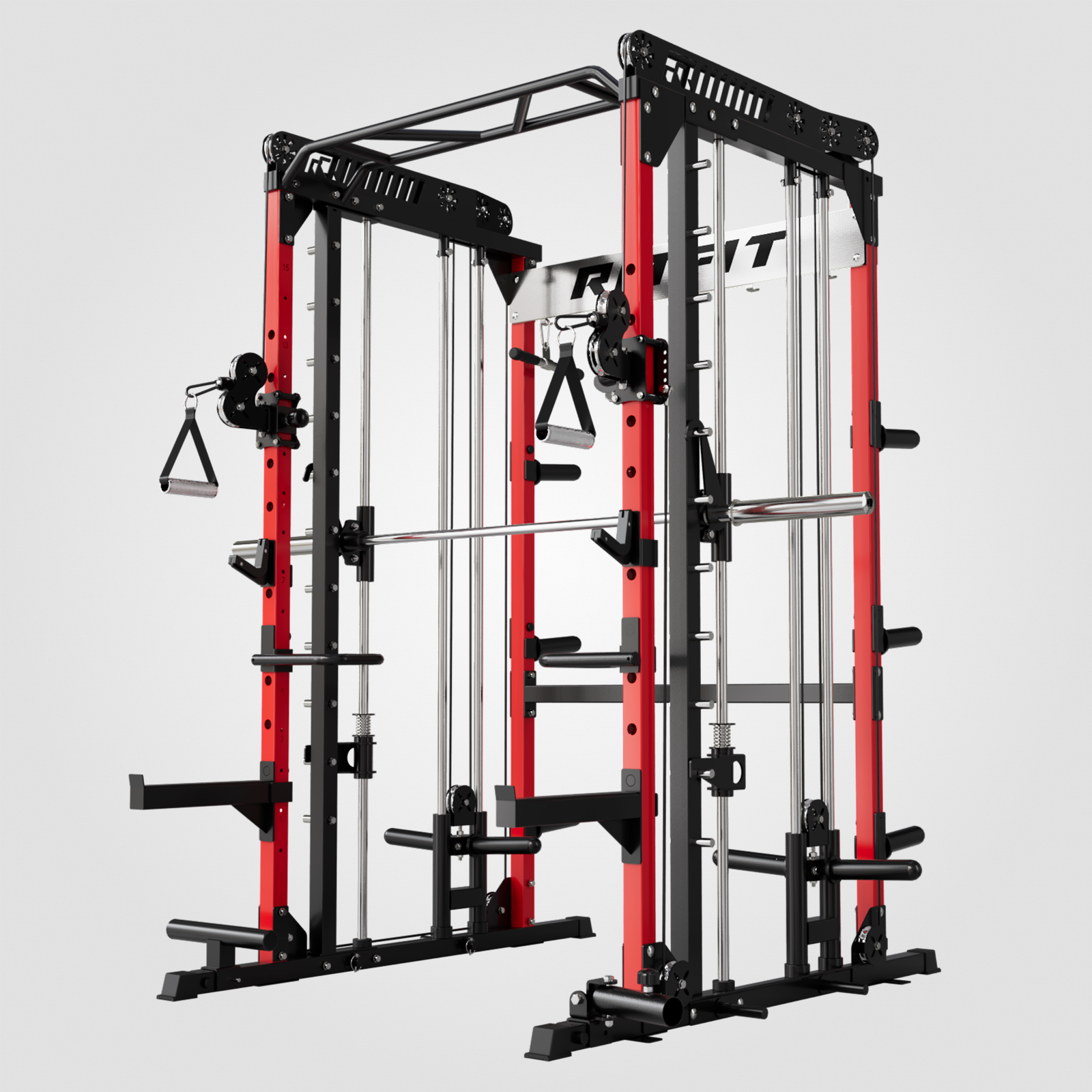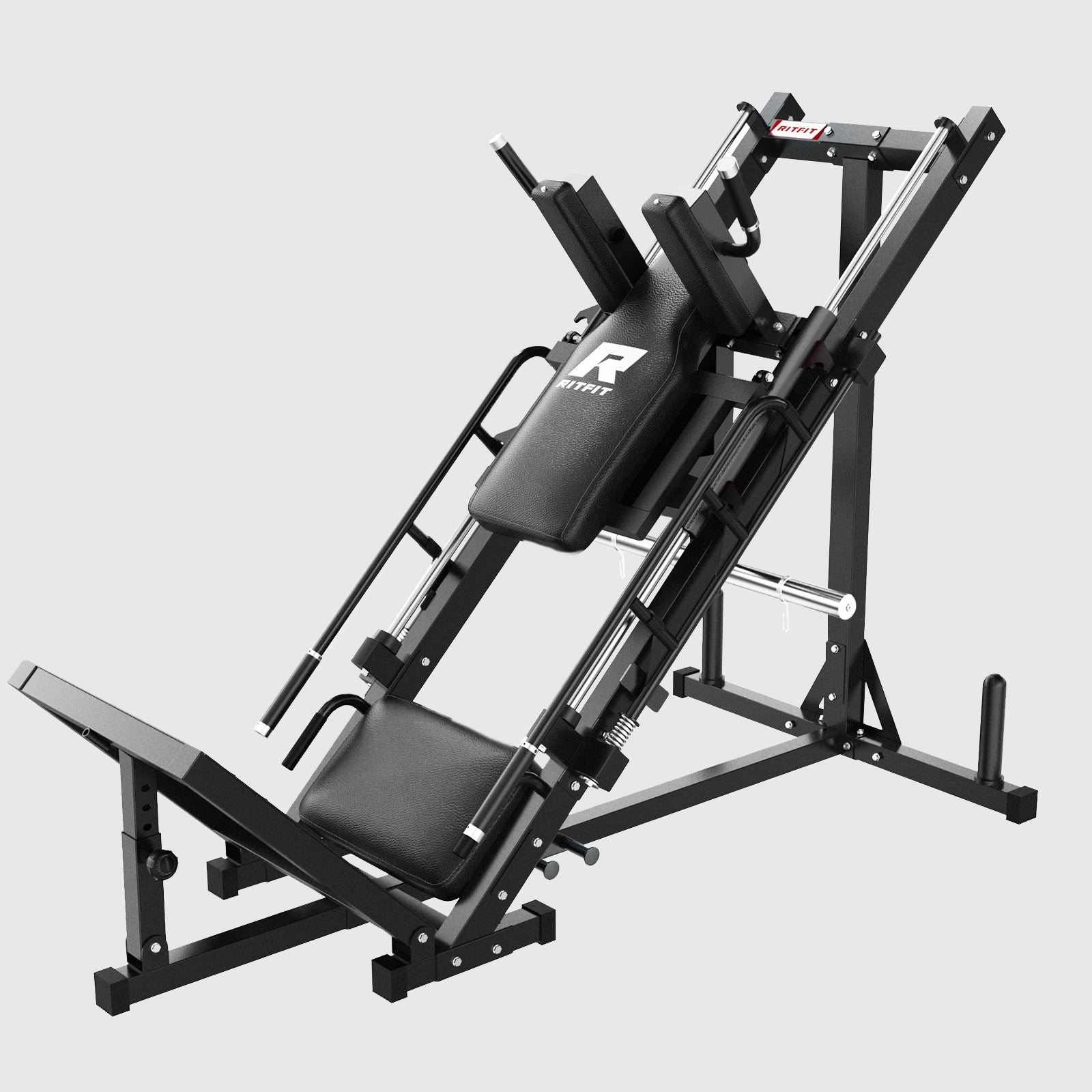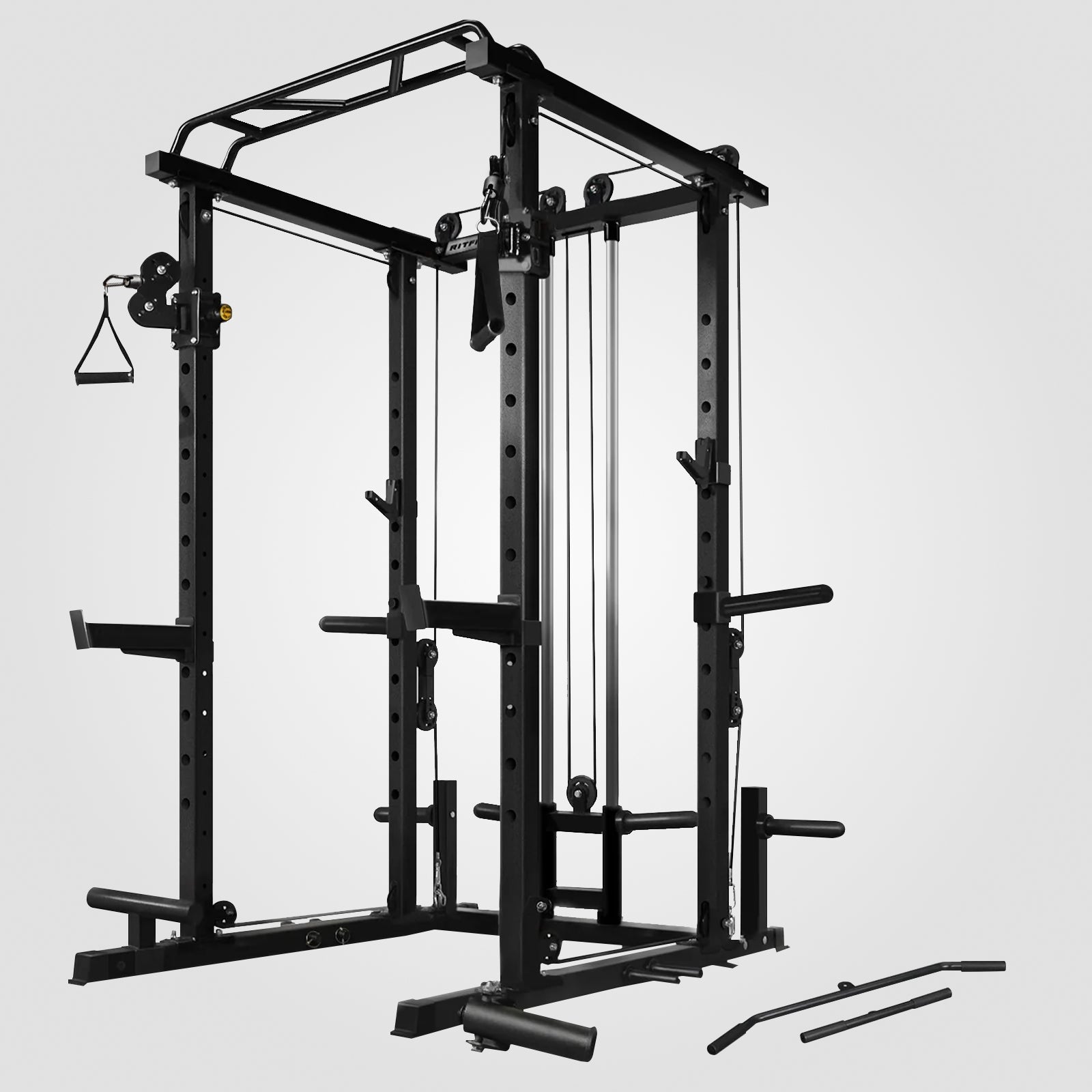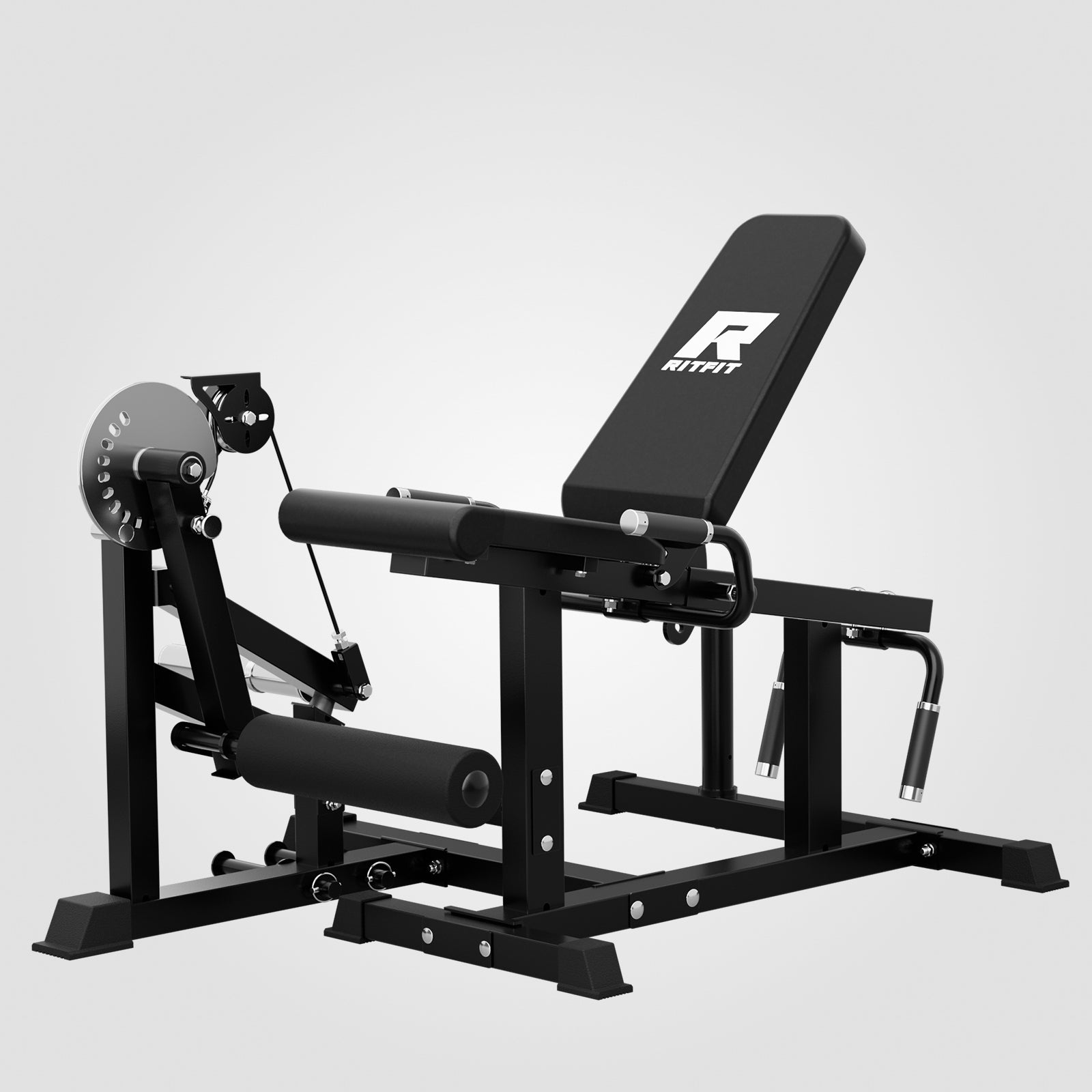The upper back and biceps combine to give you a chiseled appearance while providing you with much-needed strength. Chin ups are among the most underrated exercises for developing biceps, upper back, grip strength, etc.
Those who swear by chin-ups do them regularly in their workout routines. However, many are afraid of pursuing this exercise as they do not have the right information.
This article will help you dispel all the misconceptions and give you the right way to approach chinups. We'll also look at the muscles it targets and the mistakes you should avoid, so keep reading till the end.
What is a Chin Up?
Chin-up is an exercise performed by grabbing a bar and pulling yourself up until your chin reaches the bar height. It uses a supinated grip, which means your palms face you when performing the exercise. The supinated grip makes it easier to move your chest toward the bar.
On the other hand, a pull-up uses a pronated grip, which means your palms are the opposite of your face.
Chin Up Form and Technique
How to Do a Chin Up
Step 1: Stand beneath the bar and grab it using a supinated grip. Make sure the distance between the two hands is around shoulder width but not greater than that.
Step 2: Pull yourself up with scapula and arms strength. Make sure you're not using lower body momentum to aid this movement.
Step 3: Your chin should be above the bar atop this movement. Hold it there for a few seconds for maximum muscular stress.
Step 4: Slowly bring your body down to complete a rep. You can do as many reps as your physical strength allows.
Chin Up Common Mistakes to Avoid
Not Going Full Range
As with many other exercises, chin-ups are also prone to a limited range of motion. Bodyweight exercises are usually harder for beginners, who try to avoid muscular exertion and only go some of the ways. For instance, they might push their chin only some way up to the bar and stop far below it.
Doing that will hamper muscular development and strength. Make sure your reps are perfect, even if you only do a few of them. Five perfect reps are always better than ten reps with a limited range of motion.
Not Engaging Your Shoulders
Chinups involve a lot of scapular or shoulder muscles, so engaging them from the beginning is a must. You'll engage other body parts to lift yourself if you don't. Also, it is a possibility that you'll overexert joints and tendons in the process, resulting in injuries.
The best way to get around this problem is to make connections between your mind and shoulder muscles.
Not Engaging Your Core
When you go up and down during a chinup, the purpose is to work the biceps, back, and shoulder muscles. However, some people keep swaying back and forth while performing the movement, compromising muscle growth. It results from not engaging your core and letting your body go wherever it wants.
The solution to this problem is to engage your core and supporting muscles, such as the lats, quads, glutes, etc. Make your body as stiff as possible, without tightening it too much, to minimize the swaying and do the perfect reps.
Chin Up Muscles Worked
The chin-up is a challenging exercise that involves multiple muscles simultaneously. Let's look at all the muscles involved in the process.
Trapezius
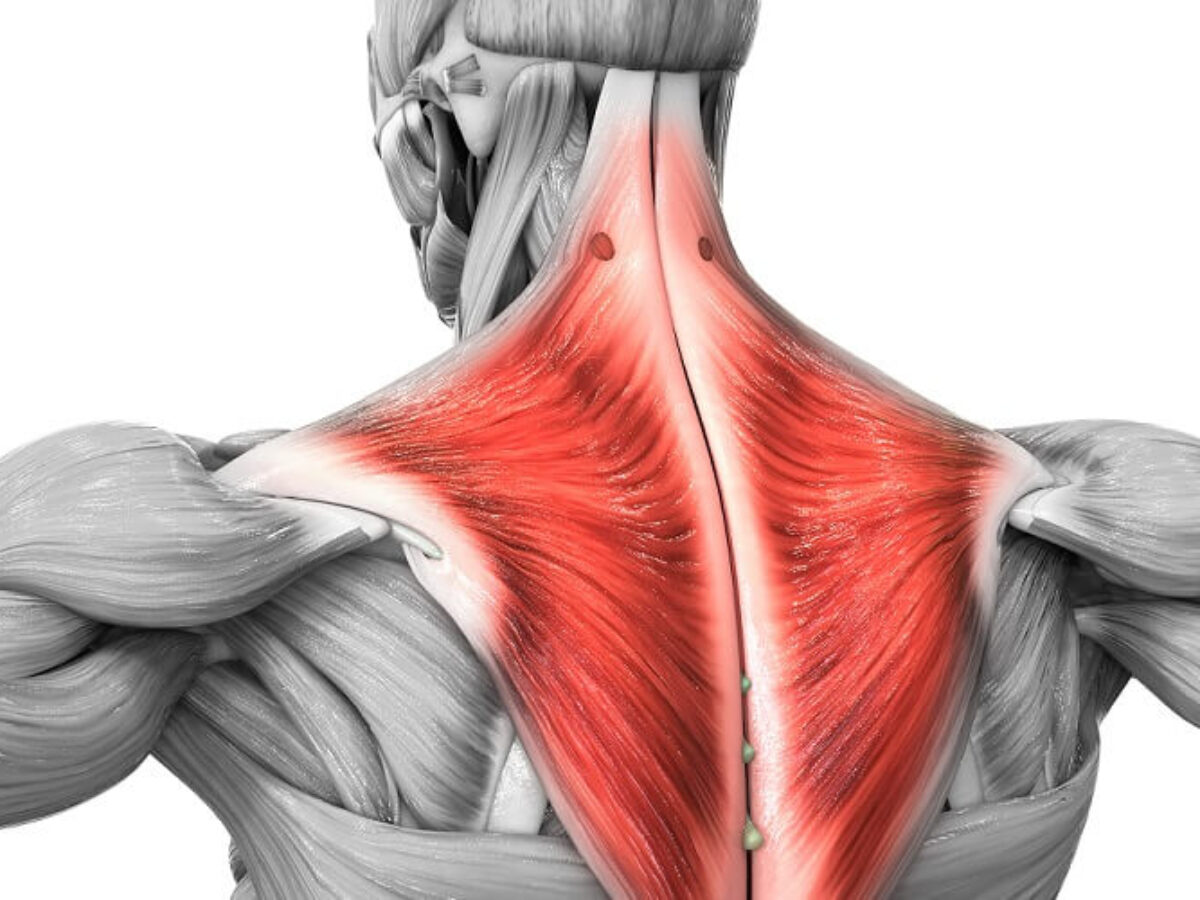
Trapezius muscles, or traps, stabilize your shoulders during a chinup alongside some other muscles. They have three parts called upper, middle, and lower, all of which contribute to shoulder stability.
Latissimus Dorsi

Pull-ups and their variations usually involve a lot of latissimus dorsi, but they're less prominent in a chin-up. However, they still contribute significantly to the movement and are the third most used muscles. Their role is reduced because we use a narrow grip, but they still ensure we can pull our arms inwards during the movement.
Biceps
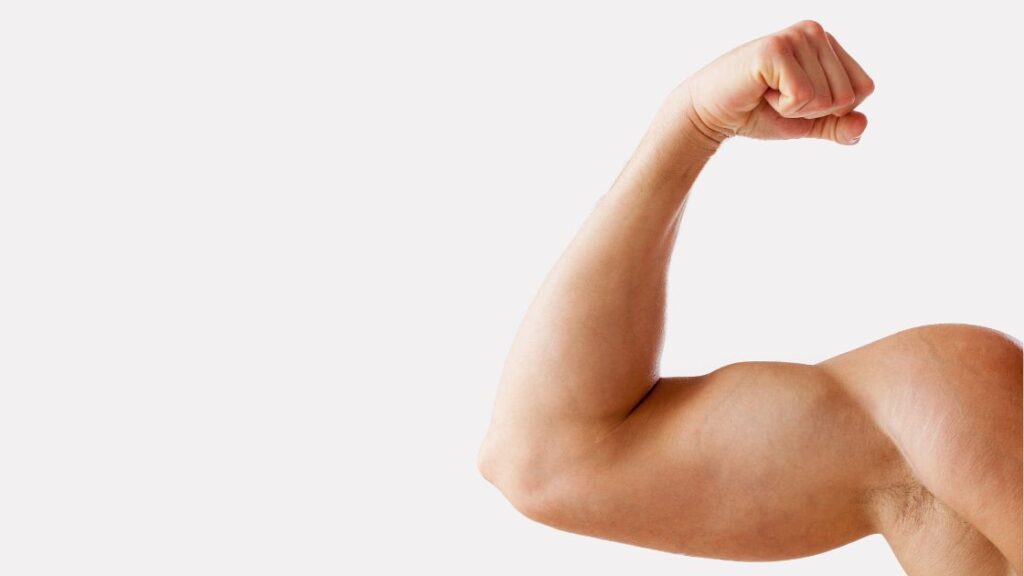
The biceps are the second most activated muscles during a chin-up, which makes it a great alternative to bicep curls. Although lats or traps do more work, the biceps are activated more during the movement. It means you'll get a great bicep workout during a chin-up with your back playing the most prominent role.
Abdominals
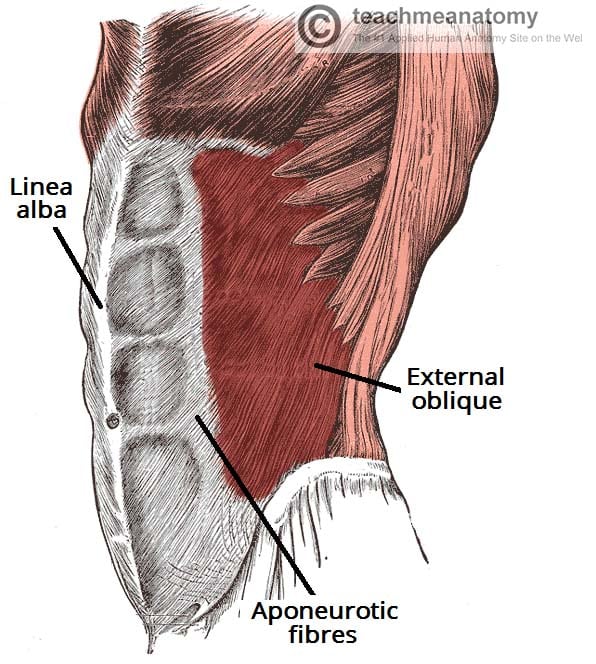
Although many people make the mistake of engaging their core during a chinup, abdominal muscles still play a prominent role in the movement. Abdominals keep your legs and torso stable while you move up and down. Therefore, you should always engage them while doing a chin-up for quality reps.
Chin Up Variations
Assisted Chin Up
Step 1: Set up the weight on the machine according to your experience and strength. Make sure you choose the weight that allows you to lift yourself using your arms.
Step 2: Climb on the machine and stabilize yourself by placing your knees on the rest. Grab the pull-up handles so that the palms face you.
Step 3: Now, pull yourself up and squeeze your lats & back muscles. Stop the movement when your shoulders are at the hand level, and hold on for a few moments.
Step 4: Relax and slowly move your body toward the initial position. Repeat as many times as your strength allows.
Weighted Chin Up
Step 1: Fix the weight plates on your dip belt and hang them around your waist.
Step 2: Hold the bar tightly in a supinated grip and expand your chest towards the bar.
Step 3: Pull yourself up with your arms and lats while keeping the core engaged. Try to touch your chest to the bar if you have the required strength.
Step 4: Return to the dead hang position before starting again.
Negative Chin Up
Step 1: Use a machine or a bench to place your knees on it and grab the bar in a supinated grip.
Step 2: Pull yourself up by using your arms and lats so that your chest reaches the bar. You may need to jump to reach this position, which is fine.
Step 3: The negative chin-up starts when you slowly bring yourself down and hang from the bar with straight arms. Make sure you take at least 5 seconds to reach this hanging position.
Step 4: Relax and come back to the initial position. Repeat until required to gain enough strength for chin-ups.
Close Grip Chin Up
Step 1: Jump to grab the bar in a supinated grip with your hands close to each other.
Step 2: Bring your body down and pull it back up while keeping your body straight.
Step 3: Keep repeating till your body is entirely exhausted.
Neutral Grip Chin Ups
Neutral grip chinups are usually performed to focus entirely on your back while keeping the contribution of other muscles to a minimum. Here's how to perform this movement accurately.
Step 1: Hold the bar in a neutral rather than a supinated grip. In a neutral grip, your palms face inwardly.
Step 2: Pull your body up using your back and arms. Make sure you focus on your back throughout the movement.
Step 3: Hold a few seconds on top of the movement and bring your body down.
Step 4: Start again and do the maximum possible repetitions.
Chin Up vs Pull-Up
A chin-up and a pull-up seem similar, but there are subtle differences between them.
What is a Pull-Up?
A pull-up is another exercise performed by hanging on a bar that targets your upper body muscles. Just like a chinup, you need to grab a bar and pull your body up using your back and arms.

Similarities between Chin Ups & Pull Ups
- Both need a bar that you can grip to lift yourself.
- Chin-ups and pull-ups are upper-body exercises involving your arms and back.
- They require a full range of motion for maximum benefits.
- Both exercises are equally challenging and require a lot of commitment.
Differences between Chin Ups & Pull Ups
- Chinups use a supinated grip, meaning your palms face you throughout the movement. While pull-ups use pronated movements, meaning your palms are in the same direction as your face.
- Chin-ups are better for working out your arms and chest. On the other hand, pull-ups are better for exercising your back and shoulders.
- As compared to pull-ups, chin-ups are relatively easier for beginners as a supinated grip involves more muscles and keeps the pulling line closer to the body's center of gravity.
Chin Up vs Pull Up Muscles
Chin-ups usually target your biceps more than any other muscles. However, they do involve the lats and upper back muscles. On the other hand, pull-ups are beneficial for targeting the upper back, teres, and lats.
Chin-Up vs Pull-Up Technique
Those who confuse chin-ups and pull-ups perform one movement when intending to perform the other. Even worse, they keep doing it incorrectly, which kills their gains. There are some important differences between the chin-up and pull-up techniques, which you must remember to reap maximum benefits from both.
Here's the right chin-up technique:
- Grab the bar tightly with a supinated grip.
- Pull yourself up and try to take your chin above the bar. If you still need to do it, go as far as possible.
- Hold a few seconds when you are on top and squeeze your arms.
- Come down slowly with full control and repeat.
Here's how to perform a pull-up the right way:
- Use both hands to grab the bar with a pronated grip.
- If you're swaying, wait until your body stabilizes in a dead hang position.
- Embrace your core and pull yourself up to reach the bar. Make sure your body stays straight and doesn't sway.
- Descend back to the dead hang position to complete a rep.
- Repeat to finish the set.
Chin Up Alternatives
If you cannot do chin-ups for some reason, here are some decent alternatives to them.
Inverted Rows
Inverted rows are often performed as an alternative to chinups as they target the same muscles, such as posterior delts, rhomboids, etc. They are also helpful in strengthening your core.
Here is how to perform a perfect inverted row:
- Lower the handlebars on the Smith machine and place your feet and body underneath the handlebar.
- Lie down and reach for the bar while looking toward the ceiling. At this point, only your heels from your body will be in contact with the floor.
- Pull yourself and expand your chest to squeeze your back on top of the movement.
- Repeat the movement to complete the set.
Dumbbell Rows
Dumbbell rows provide a great free-weight alternative to chin-ups and target the same muscles. The unilateral movement in dumbbell rows can help you with shoulder stability.
Here is a step-by-step guide to performing a dumbbell row:
- Bend over a 45° angle. Stand in a manner with your knees slightly bent and the back straight.
- Hold a dumbbell in each hand and keep them shoulder-width apart.
- Pull the dumbbells up towards the side of your ribcage and exhale at the end. Keep your wrists stable throughout the movement.
- Bring the dumbbells down with complete control and start the rep again.
Chin Ups FAQs
Who should do the chin up?
A chin-up is an excellent exercise for building your back and biceps. Anyone looking for a bodyweight exercise to enhance their muscular strength in the arms and upper back muscles should try it. Beginners can do the negative chin-up first to learn the movement before moving on to the main exercise.
How often should I do chin ups?
The frequency of chin-ups depends upon your experience and strength, but some general guidelines can be given.
- Once a week if you're doing bro split.
- Twice a week if you're doing push-pull-legs or any upper and lower body variations.
- Twice or thrice a week if you're doing full-body workouts.
How many reps and sets should I do for the chin-up?
There is no standard number of sets and reps for chin-ups, as everyone has a different strength and experience. However, some general advice can be given to everyone:
- Those looking for strength should do 4-6 sets of 3-6 reps.
- For hypertrophy, do 3-4 sets of 8-12 reps.
How can I program chin ups into my training program?
You can easily program chin-ups into the training program by performing them on the arms or the back day. Start from a negative or banded chin-up to build up the strength. Start the standard chin-up when you feel you are ready for it.
Summary
You can try many exercises for a strong upper back and arms, but chin-ups are in a league of their own. By using your body weight only, you can perform this rewarding exercise that tests your limits and puts you on a path of strength and excellent muscular development. Also, try your best to avoid the mistakes mentioned above to gain maximum benefits from chin-ups.
Beginners might be afraid to perform it because of the amount of strength it requires. However, they can start with a less intense variation, such as a negative chin-up, to prepare for the main exercise. So, start doing chin-ups today and build the physique of your dreams!



